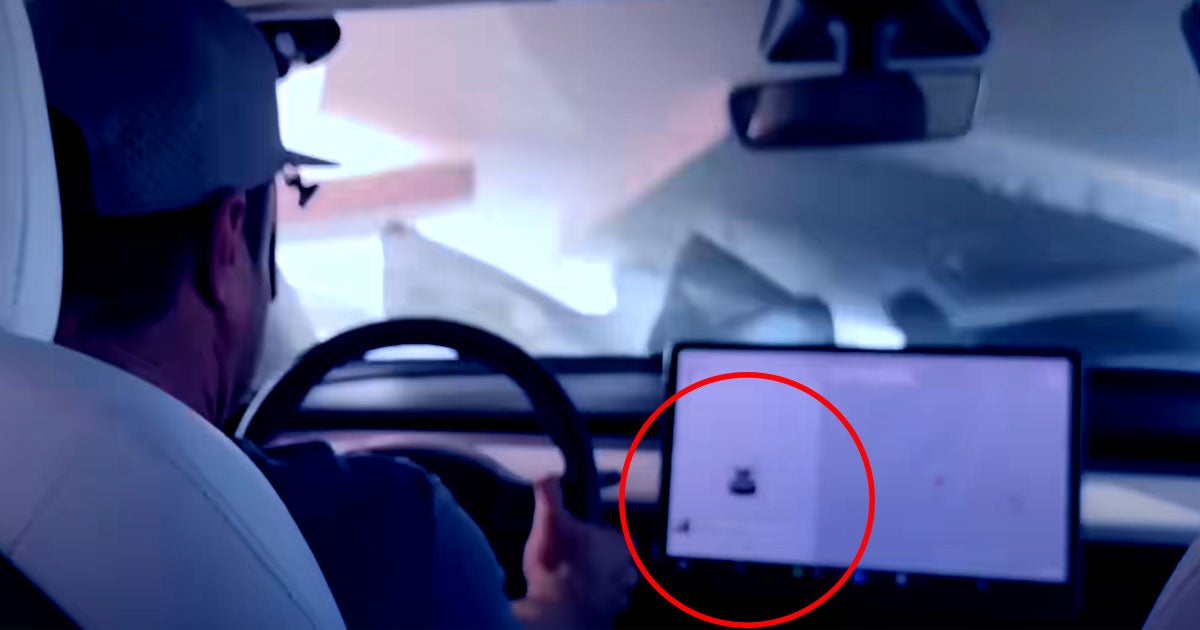In the piece — titled “Can You Fool a Self Driving Car?” — Rober found that a Tesla car on Autopilot was fooled by a Wile E. Coyote-style wall painted to look like the road ahead of it, with the electric vehicle plowing right through it instead of stopping.
The footage was damning enough, with slow-motion clips showing the car not only crashing through the styrofoam wall but also a mannequin of a child. The Tesla was also fooled by simulated rain and fog.



The power draw to process the LIDAR data is negligible compared to the energy used to move the car. 250-300 Watt hours per mile is what it takes to move an electric sedan on average. You might lose a mile of range over an hour of driving, and that’s if you add the LIDAR system without reducing the optical processing load.
LIDAR sensor housing can be made aerodynamic.
While it’s true that LIDAR was more expensive when they started work on self-driving, it doesn’t make sense for them to continue down this path now. It’s all sunk cost fallacy and pride at this point.
A mile per hour is probably about right, but that’s probably per lidar. Waymo has 4 for example, so on a 300mile vehicle that could be 17 miles at 70mph.
Even if you can make it aerodynamic it’s still not going to be as aerodynamic as it not being there.
Sunk cost fallacy make sense, but I’d say it’s also the fear of the massive lawsuit/upgrade cost if wrong due to his statements.
I tried to look up how much power these self driving systems are pulling, but it looks like that will require a deeper dive. The only results I got from a quick search were from 2017-2018, and the systems were pulling around 2 kW. I’m sure that’s come down in the 7-8 years since, but I don’t know how much.
I think you’re right on the lawsuit/upgrade cost. They are on the hook to supply Full Self Driving to all the buyers who bought the option. It’s clear they’re not going to be able to provide it. It looks like there are several class-action lawsuits currently underway.